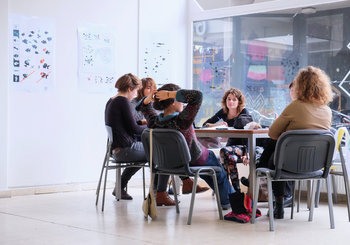
Classic - based on historical culture and traditions | Contemporary - following recent design trends |
Cultural - following the aesthetics of a culture | Diy Aesthetic - emphasizing the non-professional and practical origins of a design |
Eclectic - focusing on unique elements without worrying about cohesion | Flat - minimalism that considers usability |
Form Follows Function - allowing usability to define style | Industrial - inspired by factories and other industrial architecture |
International Style - bland minimalism that dominates architecture at a global level | Maximalist - more is more |
Minimalist - reducing complexity for the sake of reducing complexity | Modern - following long running design practices that are still current |
New Complexity - challenging the orthodoxy of minimalism in new ways | New Traditional - re-imagining traditions |
Normcore - fashionable and tidy styles that do not try to be special | Organic - use of natural materials and styles that reflect nature |
Period Styles - trying to copy historical styles | Postmodern - decorative, organic and complex styles that challenge minimalist orthodoxy |
Retro - based on the designs of past decades | Reuse Aesthetic - emphasizing materials that are reused or recycled as a style |
Rustic - country styles | Subculture - following the aesthetics of a subculture |
Traditional - based on local culture and traditions | Transitional - keeping old elements that are mixed with the new |
Truth to Materials - using practical materials and not pretending to do otherwise e.g. a mobile phone that doesn't pretend to be gold | Vernacular - original styles of architects / designers without formal training |





























